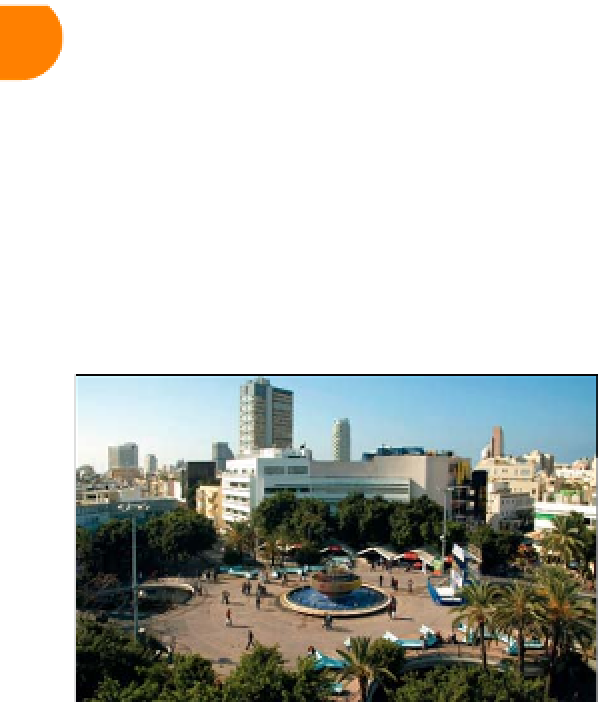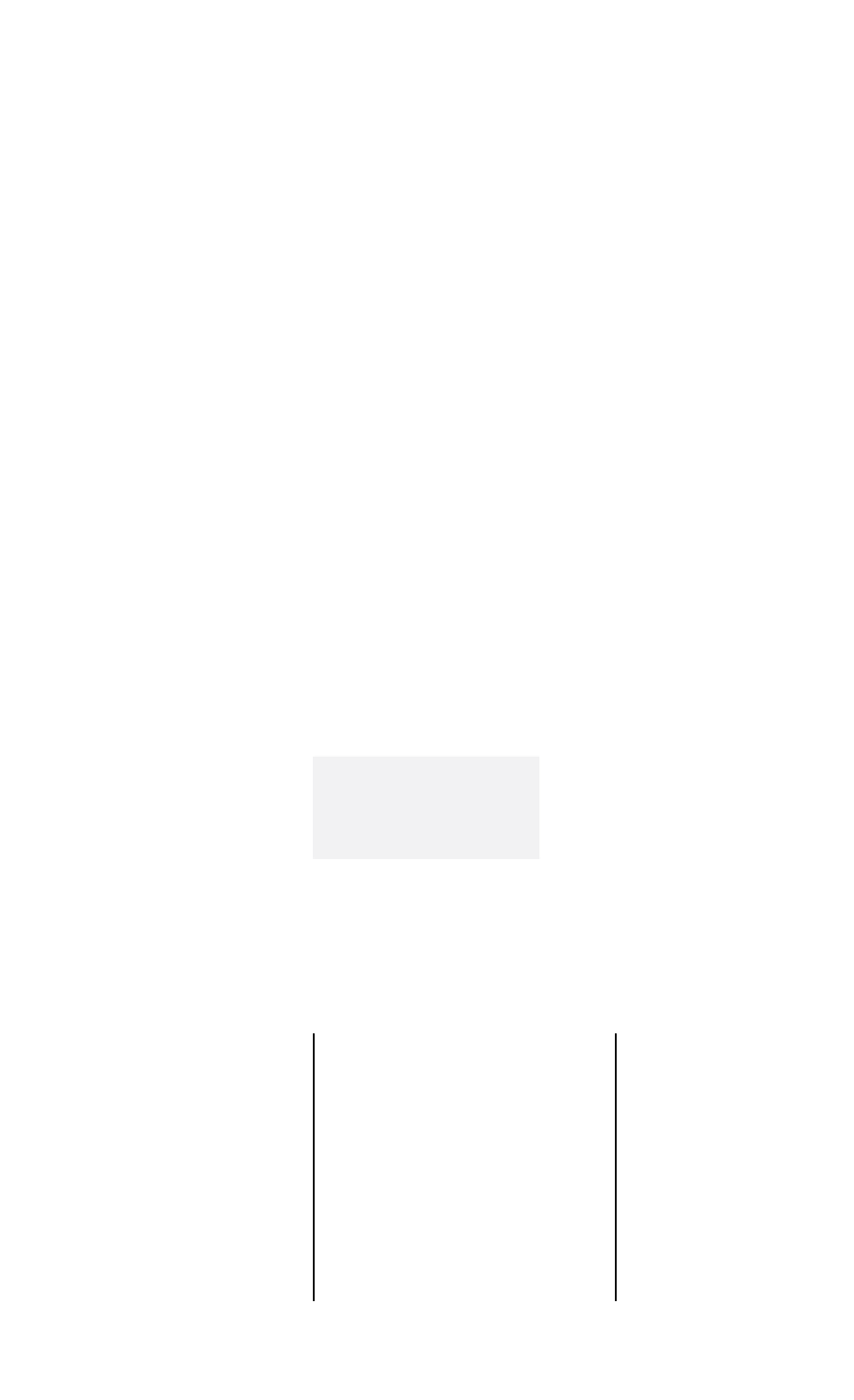Travel Reference
In-Depth Information
Exploring Tel Aviv
having its windows painted in
different colours. The square
is a venue for demonstrations,
celebrations and concerts. It
was at one such gathering -
a peace rally on 4 November
1995 - that the then Israeli
Prime Minister Yitzhak Rabin
was assassinated. The basalt
stones of the
Rabin Memorial
on Ibn Givrol Street, beside
City Hall, occupy the very
spot where he was shot.
Nearby is a wall covered with
graffiti drawn by mourning
citizens and now preserved
behind glass.
At the centre of the square
is another memorial, the
Monument of Holocaust and
Resistance
, a huge glass and
iron structure erected in the
1970s and designed by well-
known and often controversial
Israeli artist Yigal Tumarkin.
There are some good
shops on the west side of
the square, notably Tola'at
Seferim, a bookshop with
a pleasant café, and Mayu,
a youthful fashion boutique.
Across on the east side is
Brasserie, an excellent Art
Deco, French-style restaurant.
North central Tel Aviv is where the money is. Visit
A
Basel Street for chic cafés and boutiques. The re
a
l heart
of the city, however, lies south of Ben Gurion Avenue,
A
which is named for Israel's first prime minister
(see
r
p53)
; his former home at No. 17 is now a museum.
The main streets run north-south and are Ben Yehuda
Y
Street and Dizengoff Street (see below), both of which
run almost the whole length of the city centre. South
again is the Yemenite Quarter and the districts of
Y
Manshiye and Neve
T
zedek, which are some of the
oldest parts of Tel Aviv.
Dizengoff Square with a performing fountain at its centre
P
Dizengoff Street
The city's main shopping
st
r
eet is named after Tel
Aviv's first mayor, Meir
A
Dizengoff. It is at its liveliest
around the junction with
Frishmann Street, where there
are plenty of street cafés with
pavement seating and a large
branch of the Israeli chain
bookstore Steimetzky's. Also
here is the
Bauhaus Center
,
which is dedicated to raising
awareness of Tel Aviv's
A
unique architectural heritage
(see p171)
. To this end, the
Center runs two-hour English-
language tours at 10am each
Friday visiting some of the
city's Bauhaus buildings.
One block south of the
Bauhaus Center is
Dizengoff
Square
, an irregularly shaped
concrete platform raised
above a traffic underpass. It
sports a drum-like fountain by
Israeli artist Yaakov
Cinema Eden
; it's possible
to take the elevator up to
the fifth-floor roof terrace
to enjoy the city views.
E
Bauhaus Center
99 Dizengoff Street.
Tel
(03) 522
l
0249.
#
10am-7:30pm Sun-Thu;
10am-2:30pm Fri.
www
.
bauhaus-center.com
E
Tel Aviv Museum of Art
27 Ha-Melekh Shaul Avenue.
Tel
(03) 607 7000.
l
#
10am-4pm
Mon, Wed, Sat; 10-10pm Tue, Thu;
10am-2pm Fri.
&
www
.
tamuseum.com
Israel's most important
collection of 19th- and 20th-
century art includes works
representing the major trends
of modernism: Impressionism
(Degas,Renoir, Monet), Post-
Impressionism (Van Gogh,
Gauguin, Cézanne), Cubism
(Braque, Leger, Metzinger)
and Surrealism (Miró), as
well as key pieces
by Pablo Picasso.
Other works range
from 17th-century
Flemish to modern
Israeli. In addition
to the permanent
collections, there are
excellent temporary
exhibtions. A ticket
P
Rabin Square
A large, rectangular plaza
A
in the eastern part of central
Tel Aviv,
A Rabin Square is
overlooked by
City Hall
, a
brutal concrete block that
is only slightly softened by
Y Agam that
has water jets programmed
to perform hourly light and
music shows. At the weekend,
the square is host to a flea
market. On the east side are
two beautifully renovated
Bauhaus buildings, one of
which is now the
Hotel
A
also covers entrance
to the
Helena
Rubenstein Pavilion
on Habima Square,
where additional
contemporary art
shows are held.
Modern large-scale sculpture outside the Tel Aviv
Museum of Art
For hotels and restaurants in this region see pp258-9 and pp275-9




























